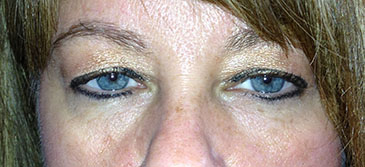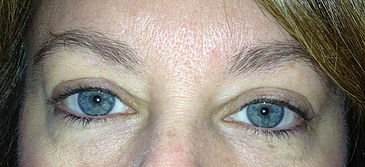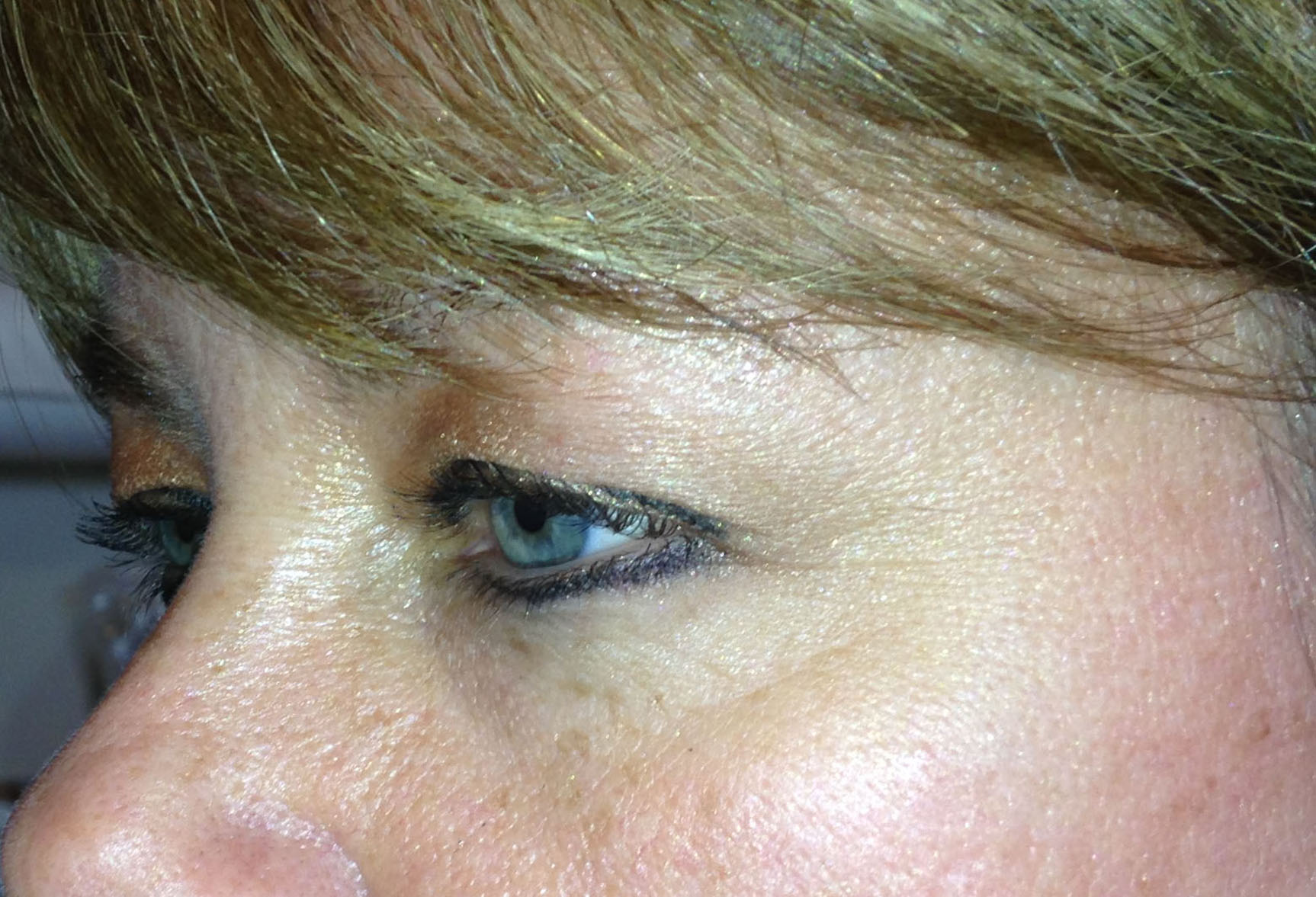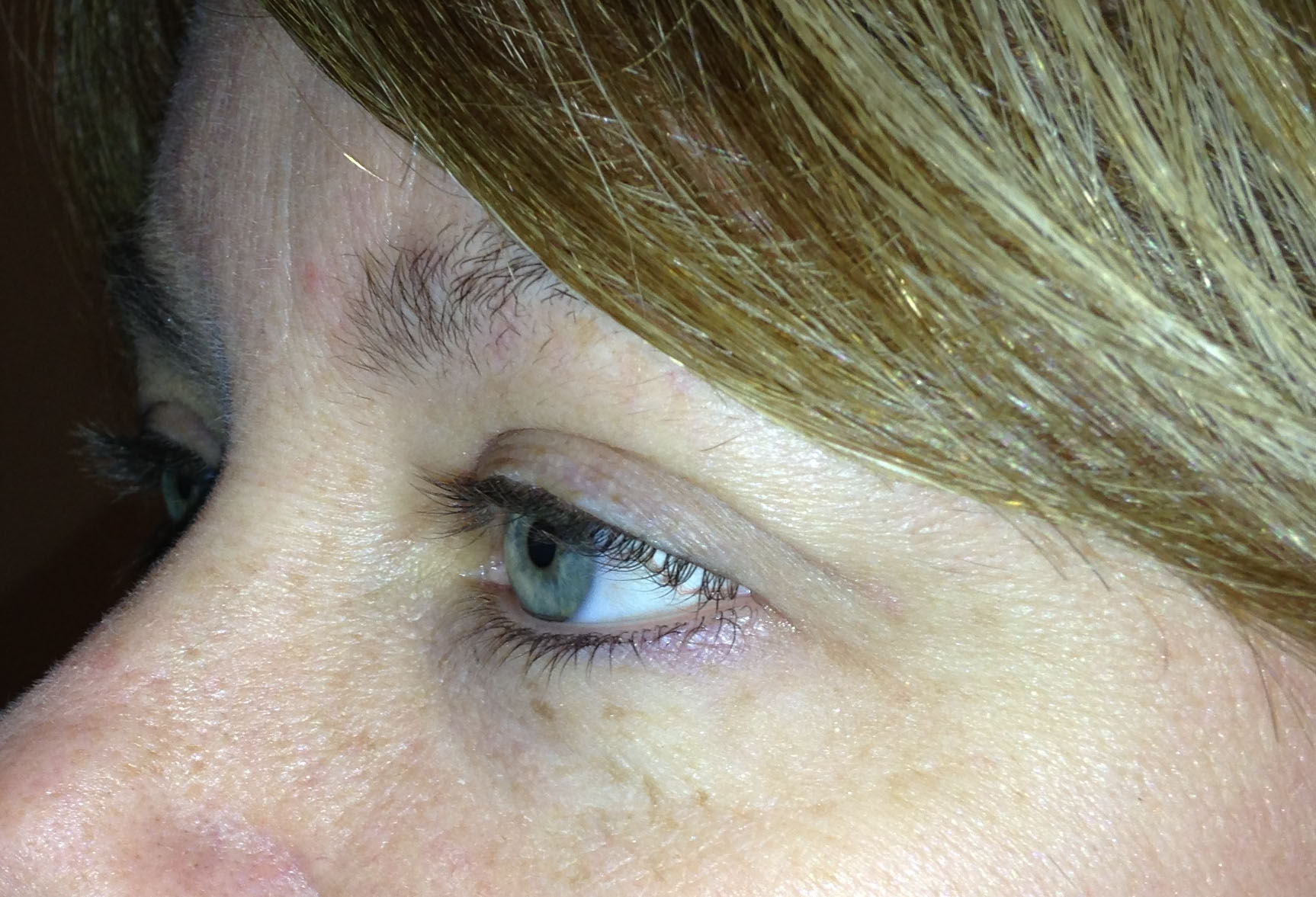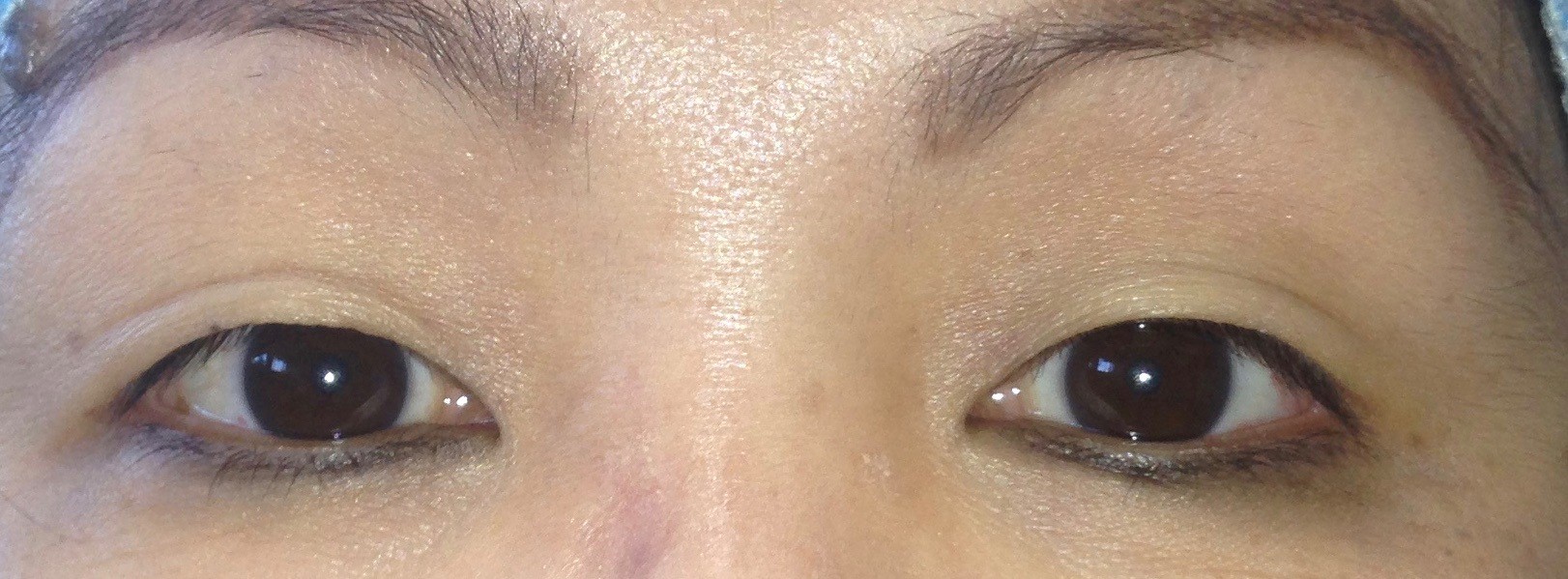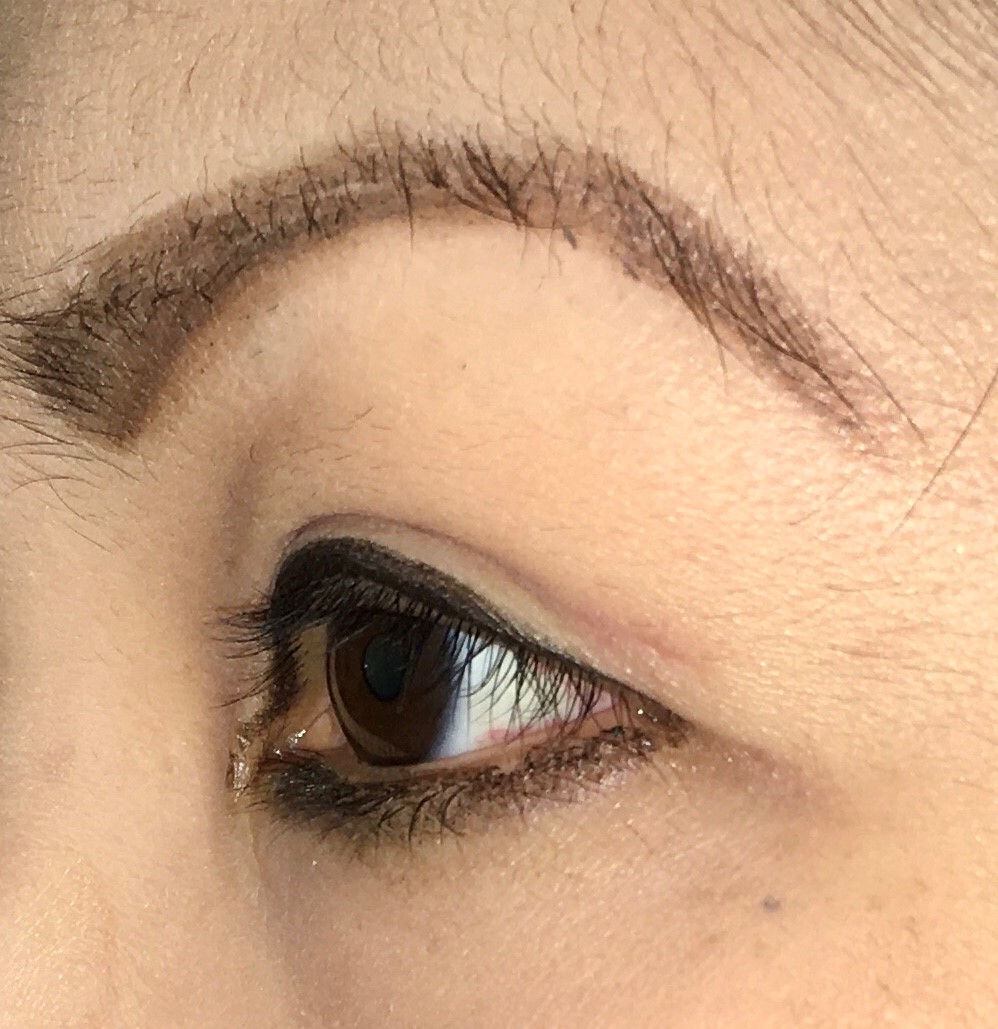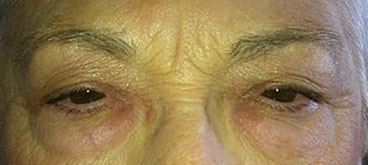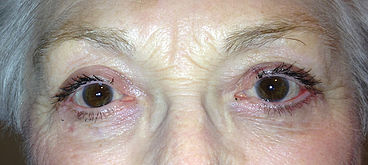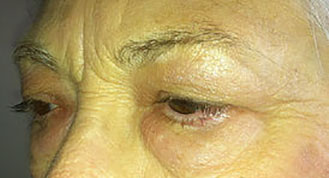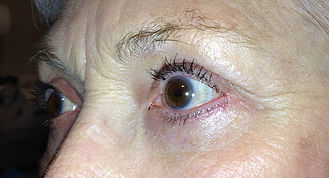Dermatochalasis
Bilateral Upper Eyelid Blepharoplasty
Bilateral Upper Eyelid Blepharoplasty, Ptosis Repair, and Bilateral Lower Eyelid Blepharoplasty
As we age, the skin and muscles of the eyelids and eyebrows may sag and droop. You may get a lump in the eyelid due to normal fat around your eye that begins to show under the skin. These changes may lead to other issues. For example:
Excess skin on your upper eyelid can block your central vision (what you see in the middle when you look straight ahead) and your peripheral vision (what you see on the sides when you look straight ahead). Your forehead may get tired from trying to keep your eyelids open. The skin on your upper eyelid may get irritated.
Loose skin and fat in the lower eyelid can create “bags” under the eyes that are accentuated by drooping of your cheeks with age. Many people think these bags look unattractive and make them seem older or chronically tired.
Upper or lower blepharoplasty (eyelid surgery) can help correct these problems. Patients often refer to this surgery as an “eyelid tuck” or “eyelid lift.” Please know the eyelid itself may not be lifted during this type of surgery, but instead the heaviness of the upper eyelids and/or puffiness of the lower eyelids are usually improved.
Ophthalmologists (eye surgeons) call this surgery “blepharoplasty.” The surgeon may remove or change the position of the skin, muscle and fat. Surgery may be desired on your upper eyelid, lower eyelid, or both eyelids. The surgeon will put sutures (stitches) in your eyelid to close the incision (cut).
For the upper eyelid, the surgeon makes an incision in your eyelid's natural crease.
For the lower eyelid, the surgeon makes an incision either through the skin just below your lashes, or in the conjunctiva (moist inside surface of your lid) where you can't see it.
Many people find that blepharoplasty helps to correct their eyelid problems. But how much it helps depends on factors that include your symptoms, eyelid structure, appearance, goals and ability to adapt to changes. Here are some common ways blepharoplasty can help:
Improved peripheral vision (to the sides) and when looking up. You may be able to relax your forehead since you will not rely on those muscles to keep your eyes open.
Many people with bags under their eyes feel that blepharoplasty of the lower eyelid improves how they look and makes them feel younger or less tired.
Blepharoplasty does not correct all vision problems. For instance, you will not be able to read printed words more clearly just because you had a blepharoplasty.
There are several options for anesthesia to make you comfortable during surgery. Blepharoplasty is frequently done in the office with just local anesthesia (medicine injected to numb the area). If patients desire some relaxation oral medication can be prescribed which the patient can pick up from his/her pharmacy and take before the procedure. If additional sedation is preferred, your blepharoplasty may be scheduled at an outpatient surgery center. At a surgery center, intravenous sedation (also known as conscious or twilight sedation) can be offered. Less commonly, or if eyelid surgery is combined with other surgery, you may be given deeper anesthesia that makes you unconscious for the surgery (general anesthesia).
It is your choice whether to have a blepharoplasty. Here are some other options:
You may decide to do nothing. Excess skin, muscle and fat around your eye will not go away, but might not bother you enough to do something about it.
There are other treatments and procedures to improve the appearance of lower eyelids. For instance, you could have filler injections, laser treatment or a chemical peel.
